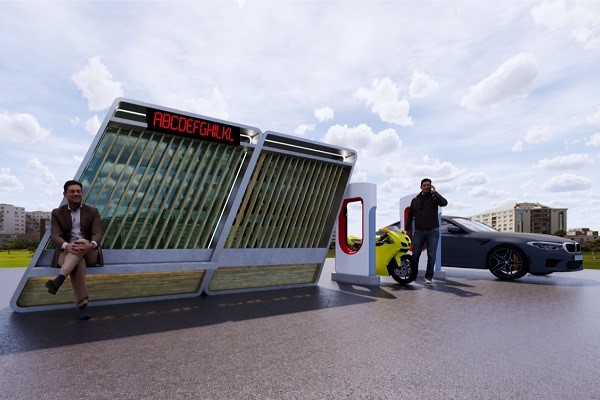
Technology Overview
Airborne pollutants, such as smog, particulate matters (PM), and volatile organic compounds (VOCs), pose significant threats to human health. Vehicle exhaust, outdoor burning and factory emissions are identified as the main sources of PM and other air pollutants in Thailand. In Thailand, artificial rainfall and water-spray systems have long been employed to remove PM, but their removal efficiency is quite poor. Adding green spaces in urban areas has shown promise in mitigating air pollution. Several studies have shown the effectiveness of certain plants in removing air pollutants, known as phytoremediation. These plants have been used to create an effective, eco-friendly air pollution treatment system. However, most systems are horizontal and thus require a large space to install.
By combining phytoremediation with engineering design, Smart Living Wall for Air Pollution Treatment offers a compact and automated system to remove air pollutants. The vertical plant stand efficiently draws in contaminated air at a flow rate that maximizes pollutant removal efficiency and release cleaner air.
Key Features & Benefits
· Equipped with a plant watering, leaf cleaning and air quality measuring system that can be manually controlled, automated, or managed virtually.
· Automatic air flow regulation to maximize pollutant removal efficiency.
· Display screen reporting current air quality data and air quality levels.
Researcher(s)
Assoc. Prof. Dr. Chairat Treesubsuntorn
Ms. Wararat Sriprapat
Assoc. Prof. Dr. Paitip Thiravetyan
Remediation Laboratory, Pilot Plant Development and Training Institute (PDTI)
IP Status
Patent No. 2001001231
Contact
Intellectual Properties and Technology Transfer Section
Research, Innovation and Partnerships Office (RIPO)
Tel: 02-470-9626
Email: tto@kmutt.ac.th